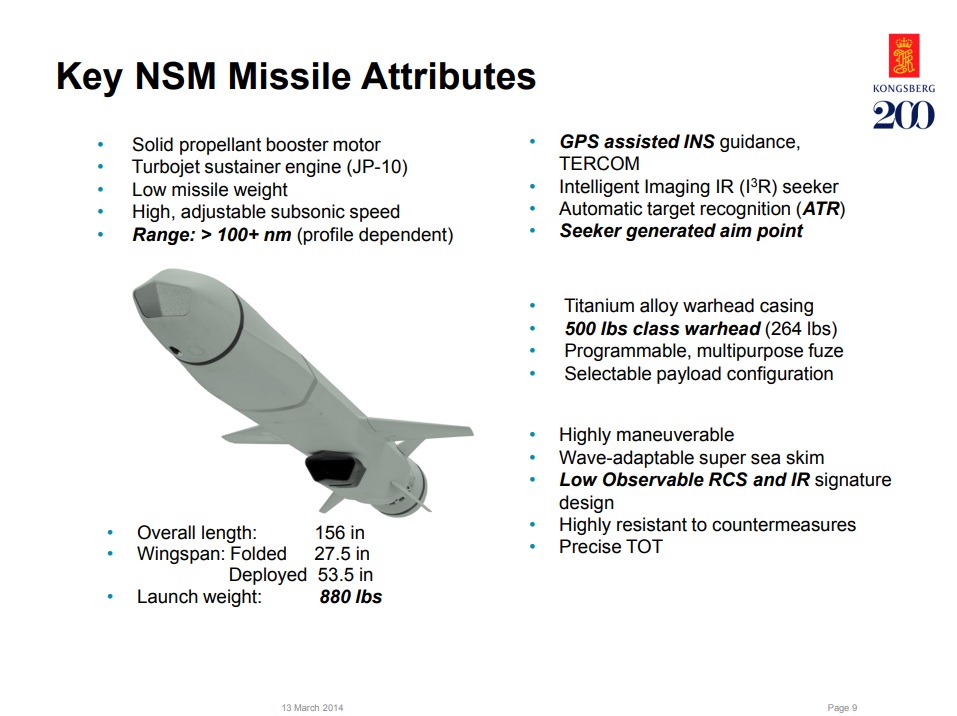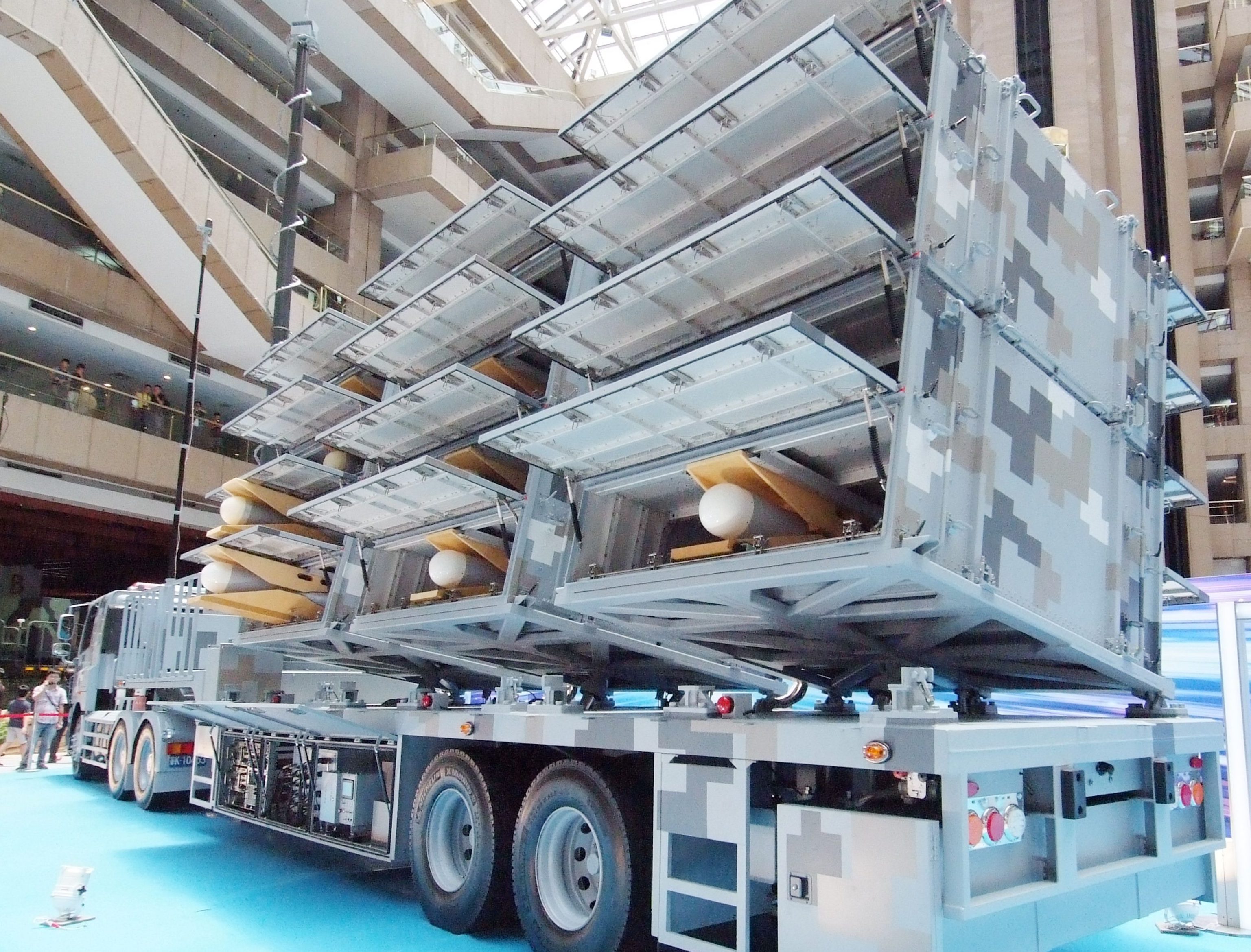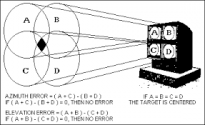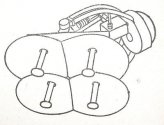Any missile(or plane) can go 0.5m above the airfield. The problem is doing the same above actual sea.
Supersonics - especially air-breathing ones - will never catch up to subsonics in this aspect - and the faster they go, the more the difference. It's pretty much a hard limit.
Almost all modern subsonics take measures to hide their plume; NSM - relatively less, LRASM - relatively more. Supersonics are in no competition here, because of hot air(ramjets especially so), and comparatively huge&uninterrupted flow of air. Speed doesn't come by itself.
p.s. on turbojets - it depends on the missile in question. There are small/low resource turbofans. Furthermore, small turbojets are exactly that - small.
Yes.
(1)rule of thumb: all supersonic ASCMs use ARH. Quite a few subsonics are either mixed or fully passive - it depends on the concept of the missile in question.
(2)all missiles need to find target for their attack. Supersonics tend to do it earlier - because, obviously, (1)their speed and thus search has to be performed correspondingly earlier, and (2)they typically have no time to perform overly complex search patterns.
Use of datalinks (external updates) actually plays against supersonics. Because if you have access to them - one of the big advantages(ability to shoot on unapdated target data due to far higher speed of the missile) actually goes down the drain. If you're investing in sufficient airspace control to provide these updates - you may very well both save money and make your attack sneakier by avoiding the sound barrier.
Your whole shock cone reflects, and you have a comparatively huge missile, which flies comparatively higher, and can't (aerodynamics!) hide its intakes the way subsonics can.
p.s. Kh-59 on your photo isn't even a true ASCM, more of a 1980s vintage multi-purpose stand-off precision weapon. Her modern relative looks like this:
This is an interesting part. For anything better than an educated guess, we'll have to go into chinese naval periodicals - and being blunt, I neither can read technical mandarin fast enough to do it now, nor do I have access to the translations (not a staff naval officer).
But given the choice of platforms - IMHO it points exactly to that.
YJ-12 is being employed from:
-H-6 family(main platform).
-Land launchers(defensive platform)
-Older destroyers(persistent at-sea platform).
While ideas of their employment may be different (and these forces are inherently flexible in their employment) - this is quite a typical "defensive" sea denial setup(defense through the threat of overwhelming salvo). In principle this mix, relying on mainland- and space-based targeting assets can reliably destroy just about any viable surface force within its reach, freeing modern force for other duties.
With this force at its current/future size(including units coming out from MLU) - I don't think there is need to arm frigates and corvettes with more heavy supersonic missiles. Their instrument is of far more tactical OtH nature, and their targets are far more diverse.





